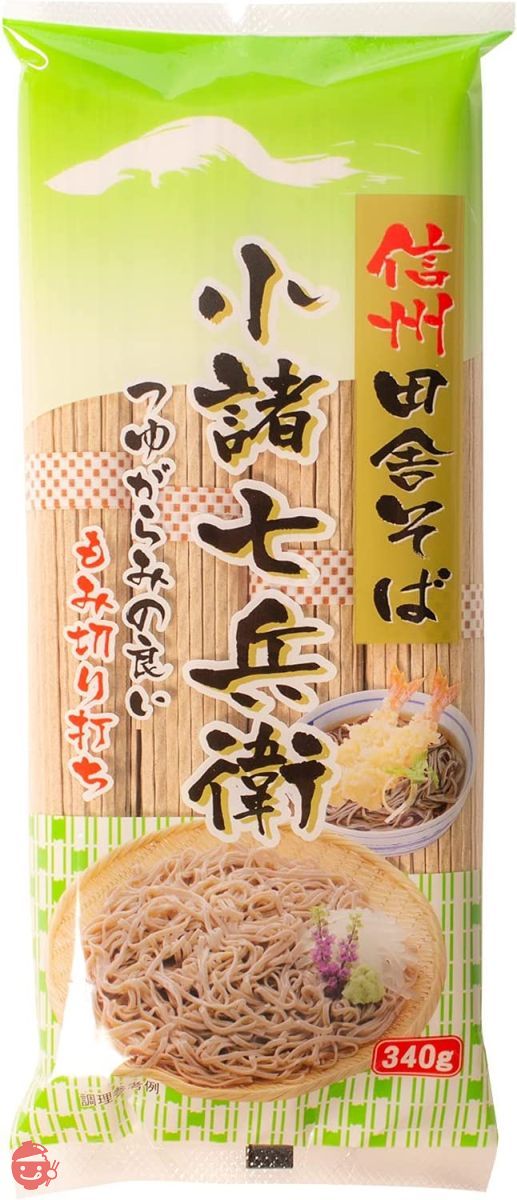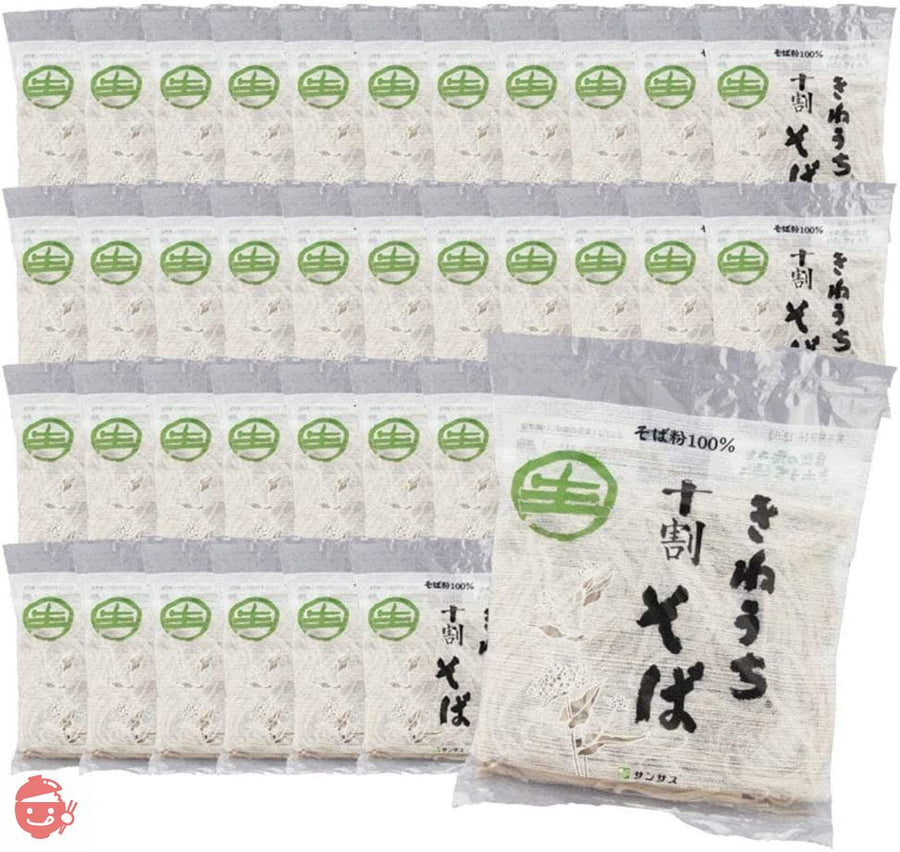| size: | 2 boxes |
| brand | Shinkou |
| Product weight | 110 grams |
| number of products | 3 |
| Package information | box |
| product shape | dried noodles |
| flavor | salt |
| package weight | 1.48 kilograms |
| place of origin | Okinawa region |
| number of units | 6.00 meals |
[Contents] Raw noodles (110g x 3 servings) x 2, Okinawa soba soup (3 bags of liquid soup) x 2, Seasoned pork belly with cartilage (50g x 3 bags) x 2 [Name] Soki soba (raw Okinawa) using soba noodles)
[Ingredients] Noodles: Wheat Flour, Salt, Kansui, Alcohol /// Soba Dashi: Salt, Pork Extract, Dried Bonito Extract, Sugar, Seasonings (Amino Acids, etc.), (Some ingredients include mackerel) /// Flavor Pork with bone: pork belly with bone, soy sauce, sugar, salt, seasonings (amino acids, etc.), (contains wheat and soybeans as part of raw materials)
[Preservation method] Store in a cool, dark place, avoiding high temperature and humidity and direct sunlight. [Expiration date] When unopened, 90 days from the manufacturing date [How to eat] 1. Boil about 3 liters of hot water in a pot. Add one serving of noodles while loosening and boil for about 1 minute and 30 seconds. 2. Warm the enclosed seasoned pork in hot water together with the bag. Put the soba dashi in a bowl and dilute it with 270cc of hot water. 3. Put the boiled noodles in a bowl and serve the warm seasoned pork. Please arrange your favorite ingredients such as kamaboko, green onions, and thinly sliced eggs. (Cooking time varies depending on the equipment and heat power. Please judge according to the cooking situation.)
[Okinawa soba story] About 1976. Until then, the common people of Okinawa loved "Okinawa soba" as "soba" ("suba" in the Okinawan dialect). There was a notice saying no. It was the Okinawan soba restaurant and the people of Okinawa who were in a hurry. What I thought was "soba" until now was actually not "soba". The reason for this is that the "National Raw Noodles Fair Trading Regulations" stipulates that the name "soba" cannot be used unless buckwheat flour is at least 30%. "Okinawa soba" uses 100% wheat flour and does not contain buckwheat flour at all. This is troublesome. Therefore, the “Okinawa Raw Noodles Cooperative Association” made every effort to petition and negotiate. As a result, the effort finally paid off on October 17, 1978, and the use of the name ``soba'' was approved. Since then, October 17th has become “Okinawa Soba Day” (“Uchina Subanuhi” in the Okinawan dialect), and men and women of all ages have come to eat “Okinawa soba” deliciously. be. Happily ever after.
Safety Notice
Nitrogen gas is injected into the noodle bag to maintain quality. The white and cloudy appearance of the stock is due to meat extract (pork extract), so it is not a quality problem.
Raw materials/ingredients
Noodles: Wheat flour, salt, lye water, alcohol /// Soba stock: salt, pork extract, dried bonito extract, sugar, seasonings (amino acids, etc.), (some ingredients include mackerel) /// Flavored pork: Bone-in pork belly, soy sauce, sugar, salt, seasonings (amino acids, etc.), (contains wheat and soybeans as part of raw materials)
how to use
[How to serve] 1. Boil about 3 liters of hot water in a pot. Add one serving of noodles while loosening and boil for about 1 minute and 30 seconds. 2. Warm the enclosed seasoned pork in hot water together with the bag. Put the soba dashi in a bowl and dilute it with 270cc of hot water. 3. Put the boiled noodles in a bowl and serve the warm seasoned pork. Please arrange your favorite ingredients such as kamaboko, green onions, and thinly sliced eggs. (Cooking time varies depending on the equipment and heat power. Please judge according to the cooking situation.)
Caution (Disclaimer) > Please read
We strive to provide accurate product information, but on rare occasions manufacturers change ingredients without prior notice. Therefore, the actual product may differ from the description on the website, so please be sure to check the product label and precautions before use. In addition, the place of origin of fresh foods such as vegetables and fruits may change depending on the season and production conditions. The image is an image. Please note that the actual product and packaging may differ. Consume fresh foods such as vegetables, fruits, meat, and fish as soon as possible after purchase.
Note : The product information on this site is for your reference in selecting products and is not intended to replace the opinions of doctors, pharmacists and other qualified professionals. Before use, be sure to check the product label and precautions that you receive. This product information cannot be used for self-diagnosis to cure illness. If you have allergies or are pregnant, please consult your doctor before purchasing.
Product description
Okinawa soba is loved by all Okinawans regardless of age or gender .
Exactly soul food! ! !
The thickness of the noodles, the flavor of the soup, and the ingredients used in the toppings make Okinawa soba a staple of the Okinawan diet.
We stick to traditional manufacturing methods and continue to preserve handwork without using machines.
It takes a lot of work, but please enjoy the chewy texture, elastic body, entanglement with the soup, the faint scent of wheat, the smooth gloss, the authentic delicious noodles, and the excitement that resonates with all five senses.
The most popular ingredient in Okinawa soba is the soft cartilage soki meat that goes perfectly with Okinawa soba ! !
Soki refers to bone-in pork ribs, and the ones with hard bones like general spare ribs are called hon soki, and the ones with soft cartilage are called soki in Okinawa.
It takes a lot of time and effort to cook it slowly and carefully, but since it is included in the package, you can easily enjoy authentic Okinawa soba. It is finished in a healthy soki that does not come off and is not oily.
Raw materials/ingredients
Noodles: Wheat flour, salt, lye water, alcohol /// Soba stock: salt, pork extract, dried bonito extract, sugar, seasonings (amino acids, etc.), (some ingredients include mackerel) /// Flavored pork: Bone-in pork belly, soy sauce, sugar, salt, seasonings (amino acids, etc.), (contains wheat and soybeans as part of raw materials)
| brand | Shinkou |
|---|---|
| packing size | 29.6 x 18.4 x 9.8cm; 110g |
| Production area (region) | Okinawa region |
| Production area (prefecture) | Okinawa Prefecture |
| Preservation method | Avoid high temperature and humidity and direct sunlight, and store in a cool and dark place. [Expiration date] When unopened, 90 days from the date of manufacture |
| by theme | For parties and other celebrations |
| Product type | dried noodles |
| Container type | box |
| Container type | Boxed |
| Maker | Shinkou Corporation |
| Country of Origin | Japan |
| Product weight | 110 grams |
●After placing your order, it will normally be delivered within 7 to 14 days. Delivery may take some time due to delivery conditions such as busy times or bad weather. Please note.
●All products we send will be shipped as "personal imports", so the importer will be the purchaser.
●It is possible to deliver to business addresses such as workplaces and commercial facilities, but since this is a personal import, we can only ship to those who can provide the importer's (purchaser's) address, phone number, and name. .
●In rare cases, a product may not be able to be shipped due to customs regulations. Please note that this is out of our control, so we will contact you in that case.
●After placing your order, there is a possibility that the item may be out of stock due to time differences. We will contact you in that case.
●If delivery is not possible due to incorrect delivery address, long-term absence, etc., we will not be able to refund the product price.
●All products are written in Japanese only.



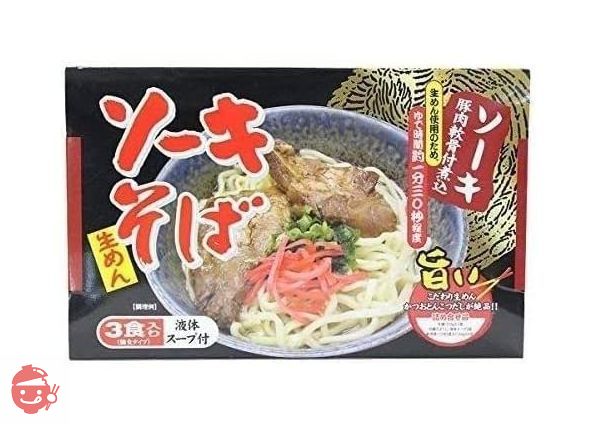
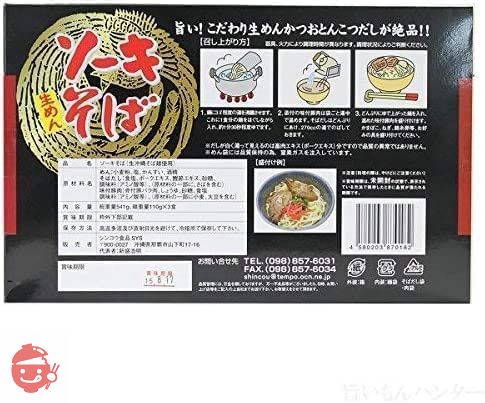
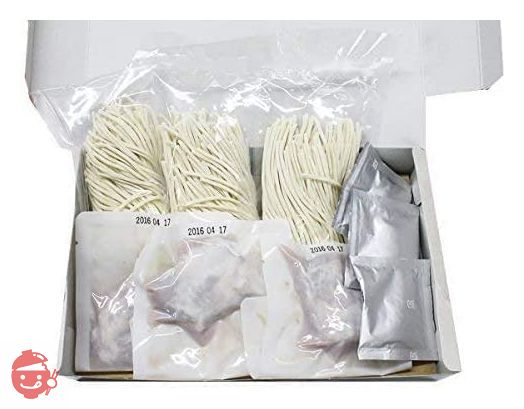
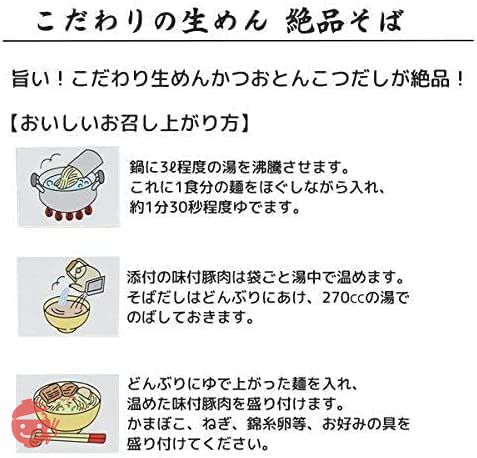
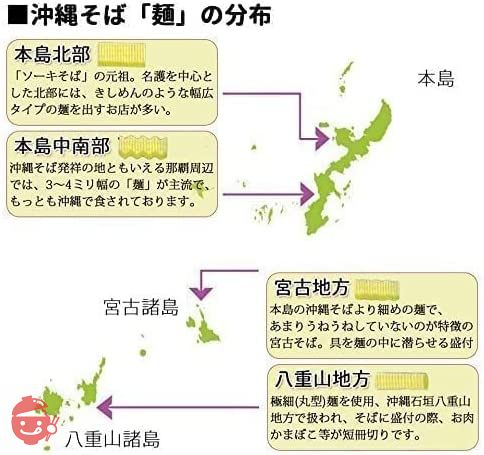
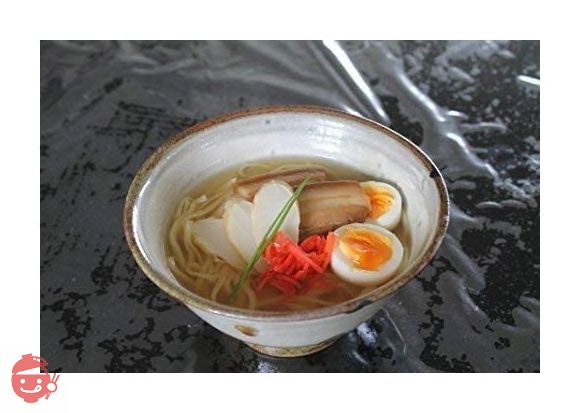
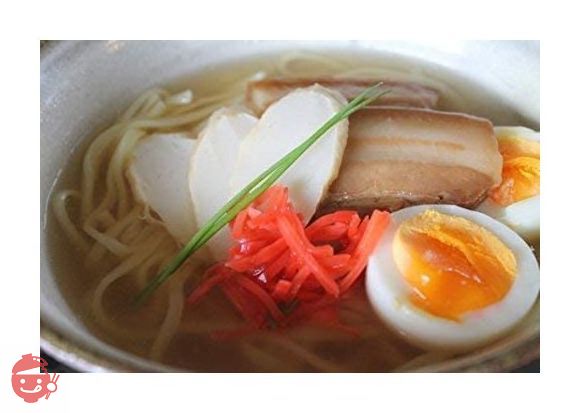
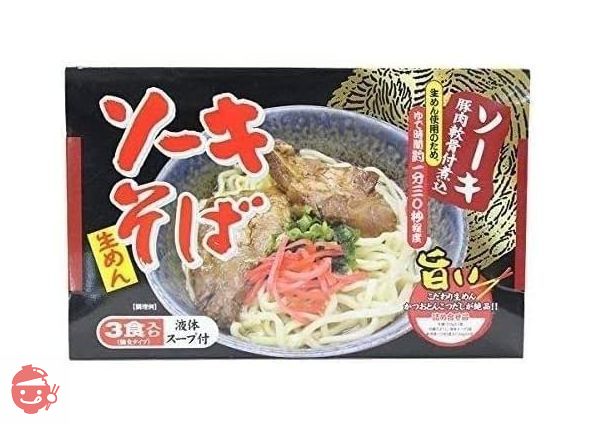
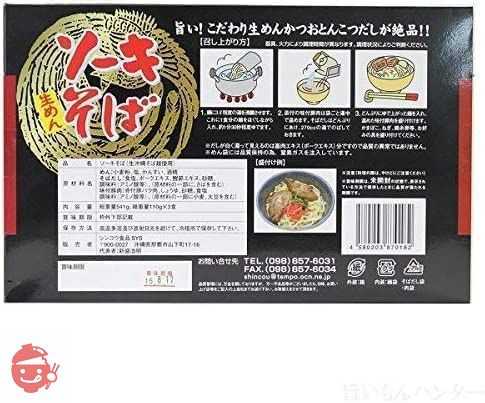
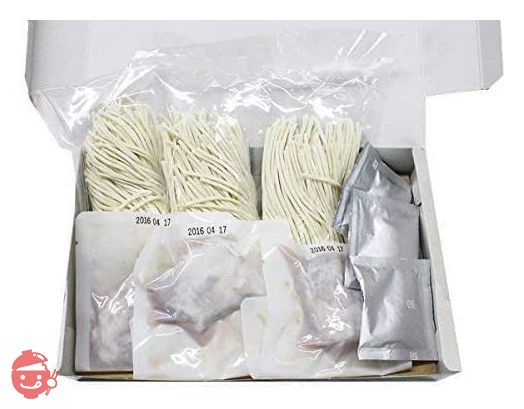
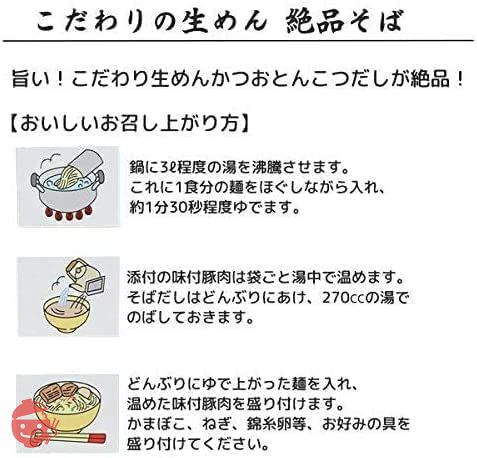


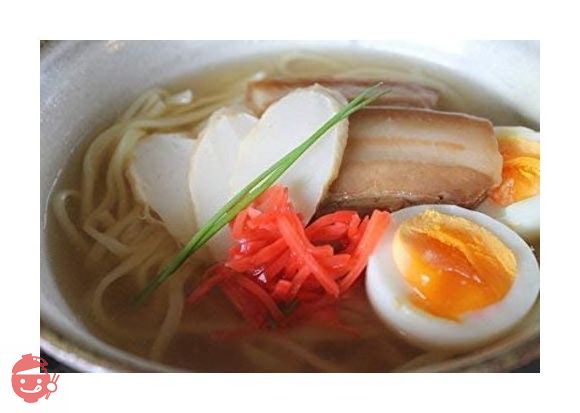
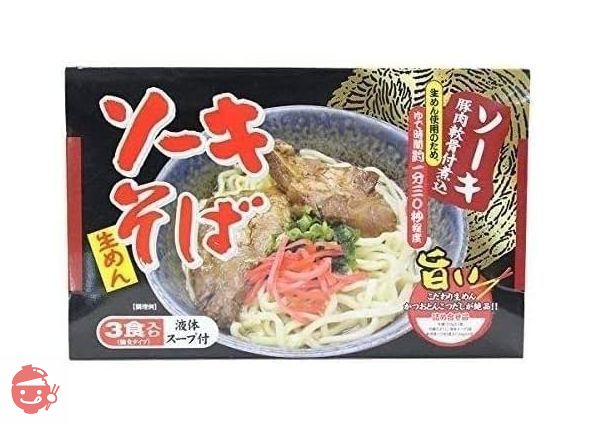
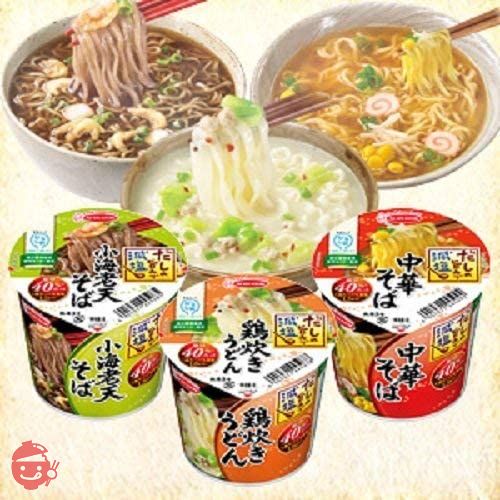
![[ 糖質オフの豆100%麺 ] ZENB 丸麺 ゼンブ ヌードル 8食 (2袋) そば パスタ ラーメン (糖質オフ 糖質制限 糖質コントロール グルテンフリー たんぱく質 食物繊維 低GI 鉄分)の画像](http://japacle.com/cdn/shop/products/aysgsyjp7t_0.jpg?v=1687350425&width=900)
![[ 糖質オフの豆100%麺 ] ZENB 丸麺 ゼンブ ヌードル 16食 (4袋) そば パスタ ラーメン (糖質オフ 糖質制限 糖質コントロール グルテンフリー たんぱく質 食物繊維 低GI 鉄分)の画像](http://japacle.com/cdn/shop/products/aytw4vjpk5_0.jpg?v=1687350380&width=900)
